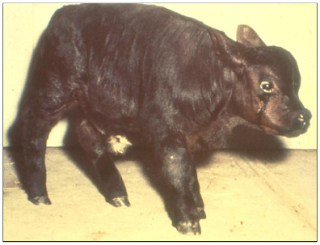Krukenberg Hands
the opening and closeing of the "pincer"
One extremely interesting lesser known procedure is the creation of Krukenberg hands, known as the Krukenburg procedure. this operation, while rarely performed, is appropriate for patients who have lost one or both hands but have a significant amount of lower arm remaining, namley the ulna and radius. these two bones are seperated during the procedure and manipulated into a crab like pincer that can alow the patient to grab, hold, write exetera.
writing with a krukenberg hand
Some would argue that a Krukenburg hand is far superior to a prosthetic hand, as it has sensation an is waterproof. it also does not require repairs or maintenance like a mechanical limb. It has a very high rate of patient satifaction. And it can be used in tandem with prosthetics, of so desired.
Krukenberg hand with prosthetic
But despite all of this, the Krukenberg procedure never became a mainstream operation, for purely cosmetic reasons. Many surgeons will refuse outright to peform such a procedure even at the request of the patient. occasionly it will be performed on someone who lacks access to prosthetics or on a blind patient (to preserve the sense of touch) but otherwise the Krukenberg procedure, like so many other good ideas in the feild, has been held back by the reluctance of physicians to try something a little new and radical.


















